Century Cellars
Château Carbonnieux
Pessac-Léognan White Bordeaux Blend 2016
Opened another recently, legendary wine, said that in the 18th century was introduced to Sultan of Constantinople's palace b/c of its clarity and called "mineral water from Carbonnieux", defying Islamic law. Pale lemon with pronounce aromas of tropical and stone fruits with herb notes. On the palate flavors of melon, mango, apple, green herbs and a crisp mineral edge. Medium+ length, balanced acidity, ending with a fruit, citrus mineral character. Nice, aging well. — 4 years ago
Steele Wines
Century Old Vines Catfish Vineyard Zinfandel 2016
Very good for price — 4 years ago
Concha y Toro
Don Melchor Puente Alto Vineyard Cabernet Sauvignon 2014
Foot of the Andes Mountains on banks of Maipo River in Upper Maipo Valley, 650 meters above sea level, vineyard dates back to mid-19th century, when first pre-phylloxera French varieties were brought to Chile, deep Ruby with aromas of dark fruits & mineral notes, a blend of 92% Cab Sauv & 8% Cab Franc, aged for 15 month in French oak (65% new). On the palate flavors cherry & blackberry with powerful tannins, long finish, very tight, ending with mineral and tobacco notes. Needs ten years. Tasting Sample! — 5 years ago
M. Chapoutier
Barbe Rac Châteauneuf-du-Pape Red Rhone Blend 2014
History of Chapoutier family dates back to early 19th century when current owner Michel Chapoutier’s great-, great-, great-grandfather Marius purchased estate & famous l’Hermitage vineyards. Deep Purple (with a little smoke on the water), 100% Grenache with aromas of dark fruit and complex exotic spice. Plum, berry & current flavors with nutty tobacco develops into sweet licorice. Tannins a bit grippy but will soften, lingering, balance ending with fruit and spice. Nice!
— 6 years ago
Château Olivier
Pessac-Léognan Grand Cru Classé Red Bordeaux Blend 2014
The Seigniory of Olivier dates back to the 12th century. The Château is surrounded by moats and an immense forest. Deep color with aromas of fruit and sweet floral spices, elegant nose. On the palate strawberry and blackberry flavors with pepper and tangy citrus notes. Tight tannins with cedar, well balanced with acidity, lingering ending with mineral character. Give this some time in the bottle. Nice Value! — 7 years ago
Château Brane-Cantenac
Grand Cru Classé en 1855 Margaux Red Bordeaux Blend 2005
I have a six-pack of this 05. I thought after 10 years in bottle, it would be interesting to check in on its evolution. While tasty, I’ll wait another 8-10 to open another. Even after 2-3 hours in the decanter, it’s still a very young adolescent. On the nose, slightly sour blackberries & dark cherries, dark currants, baked black plum, haunting blue fruits, anise, whiff of spice, steeped tea, dry stones, dry crushed rocks with dry top soil, caramel, vanilla with fresh & dry red florals. The body is thick & full. Tannins are starting to round out. It’s velvety on the palate. The fruits are; bright, fresh & ripe and really show the greatness of the 05 vintage. Dark currants, blackberries, dark cherries, baked black plum, haunting blue fruits, baked strawberries, cherries, raspberries on the long set, dark spice, clay & loamy dry top soil with crushed rocks, dry stones, cigar with ash, graphite, dry stems, slight herbaceous character, mint, used leather, clove, caramel, vanilla, fresh & dry red florals with violets. The round acidity is about perfect. The structure and length are still strong. The balance is in harmony. As for the long finish, it’s lush, ruby, rich and well polished. Photos of; Chateau Brane Cantenac, large wood vats, Henri Lurton and Estate vines. Producer notes and history...Chateau Brane Cantenac began in the early 17th century. At the time, the estate was known as Domaine Guilhem Hosten. Even that far back, wine was produced from the property. In fact, the wine was so highly regarded it was one of the more expensive wines in Bordeaux. It sold for almost as much money as Brane Mouton. This is interesting because of who went on to buy the vineyard in the 1800’s. The Baron of Brane, also known as “Napoleon of the Vineyards”, purchased the Chateau in 1833. At the time of the sale, the estate was called Chateau Gorce-Guy. To get the funds needed to purchase the Margaux vineyard, the Baron sold what is now called Mouton Rothschild, which was at the time of the sale, known as Chateau Brane-Mouton. Not such a good move with hundreds of years in hindsight! In 1838, the Baron renamed property taking his name and the name of the sector where the vineyards were located and called it Chateau Brane Cantenac. The Chateau later passed to the Roy family, who were well-known in the Margaux appellation in those days, as they owned Chateau d’issan. Moving ahead to 1920, the Societe des Grands Crus de France, a group of merchants and growers that owned several chateaux located in the Medoc including; Chateau Margaux, Chateau Giscours, and Chateau Lagrange in St. Julien, purchased Chateau Brane Cantenac. Five years later, M. Recapet and his son-in-law, François Lurton, took over Brane Cantenac along with Chateau Margaux. Lucien Lurton (the son of François Lurton) inherited Brane Cantenac in 1956. Today, the estate is still in the hands of the Lurton family. Brane Cantenac is owned and run by Henri Lurton. After being given the responsibility of managing Brane Cantenac, it was under the direction of Henri Lurton that large portions of the vineyard were replanted. Vine densities were increased, the drainage systems were improved and the plantings were also, slowly changed. The vineyard of Brane Cantenac is planted to 55% Cabernet Sauvignon, 40% Merlot, 4.5% Cabernet Franc and .5% Carmenere. Carmenere was used for the first time in the 2011 vintage. The only other Chateau I know that still uses Carmenere is Clerc Milon. The 75 hectare Left Bank vineyard of Brane Cantenac is essentially unchanged since it earned Second Growth status in the 1855 Classification. At least that is the case with the 45 hectares used to produce the Grand Vin of Brane Cantenac. Those 45 hectares are planted surrounding the Chateau. Those vines are located just in front of the Cantenac plateau and are the best terroir that Brane Cantenac owns. They have other parcels, which are further inland and much of those grapes are placed into their second wine, Le Baron de Brane. Those additional hectares can be divided into 3 main sections. Behind the Chateau, they have 15 hectares of vines on gravel and sand, 10 hectares across the road with sand, gravel and iron and a 13 hectare parcel with gravel called Notton, which is used for their second wine. The vineyard is planted to a vine density that ranges from 6,666 vines per hectare on the plateau and up to 8,000 vines per hectare for the vines located behind chateau, in their sandier soils. The higher levels of vine density are always found in the newer plantings. The terroir of Brane Cantenac consists of deep gravel, sand and clay soil. Experiments in the vineyards are currently looking at becoming more organic in their vineyard management. Today, more than 25% of Brane Cantenac is farmed using organic farming techniques. It is expected that over time, the amount of hectares farmed with organic methods will be increased. Brane Cantenac has gone through 2 relatively recent modernization’s in 1999, when they added began adding the first of their smaller vats to allow for parcel by parcel vinification and then again in 2015 when they completed a much more complete renovation of their cellars and vat rooms. While Brane Cantenac is a traditional producer, they are no stranger to technology as they were one of the first estates to embrace optical grape sorting machines. In very wet vintages, they can also use reverse osmosis. To produce the wine of Chateau Brane Cantenac, the wine is vinified in a combination of temperature controlled, traditional, 22 oak vats, 18 concrete tanks and 20 stainless steel vats that vary in size from 40 hectoliters all the way up to 200 hectoliters, which allows for parcel by parcel vinification. 40% of the fermentation takes place in the oak vats. The oldest vines are vinified in vats that are selected to allow for separate parcel by parcel vinification. The younger vines are vinified more often together in the same vats. However, the Carmenere is entirely micro-vinified, meaning that those grapes were completely vinified in barrel, using micro-vinification techniques. This can also happen because the amount of grapes produced is so small. Some vats can be co-inoculated, meaning they go through alcoholic fermentation and malolactic fermentation simultaneously. At Chateau Brane Cantenac, malolactic fermentation takes place in a combination of French oak tanks and barrels. The wine of Brane Cantenac is aged in an average of 60% new, French oak barrels for 18 months before bottling. The initial 2 months of aging is done with the wine on its lees, which adds more depth to the wine. There second wine is Le Baron de Brane. Le Baron de Brane is not new. In fact, previously, the second wine went under the name of Chateau Notton, which took its name from one of the main parcels where the grapes were planted. During the late 1950’s and into the 1960’s, having a second wine was important as the estate declassified 3 vintages, due to extremely poor, weather conditions in 1956, 1960 and 1963. Production of Chateau Brane Cantenac is about 11,000 cases per year. — 7 years ago
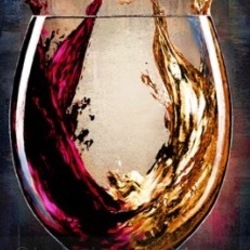
Château de la Louvière
Pessac-Léognan Red Bordeaux Blend 2005
64% Cab 30% Merlot 3 % cab franc 3 % Petit Verdot 90 points across the board on release, time heals all wounds!
K&L notes as follows.
Another $45.00 Steal
I often imagine the vine as a family tree, stretching back centuries, in this case, to 1550 or so, when La Louvière acquired its name from the many hungry wolves (louves) that roamed the deep forests of the Graves, well before the construction of the elegant 18th century chateau that adorns the label of this flagship wine. This brief history lesson makes me appreciate even more the imposing qualities of the 2005 La Louvière, a wine with a lot of time on its hands. Firm and taut as a young wolf, with the strong heart to endure and improve for a decade or more, gracefully maturing into a benchmark Pessac-Léognan, stylish and fleshier, more supple and savoury as the willful tannins are further seduced by the dark and persuasive fruit. If you really can't wait, then bite the cork, figuratively, and decant for an hour before enjoying with gently-braised lamb shanks. — 4 years ago
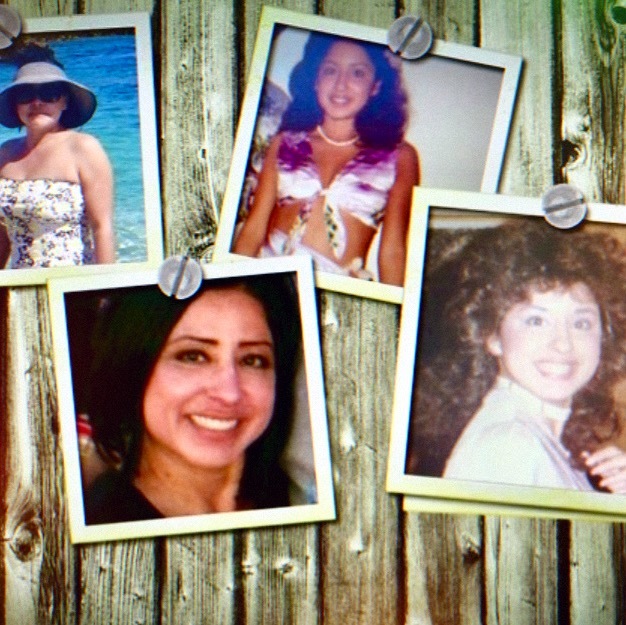
Tenuta Il Poggione
Brunello di Montalcino Sangiovese 2012
Founded at end of 1800 when Lavinio Franceschi, Florence land owner, visited the area. Over a century later, Tenuta covers an area of 530 hectares (140 planted with vines; 50 with olive trees). Aged in French oak for 36 months, 100% Sangiovese hand picked from 20-year old vines. A Gem! Deep Ruby. rich berry fruit aromas with complex spice. Palate has rich berry fruit flavors, baked cherry, with tobacco, cacao & subtle spice. Soft tannins, long finish ending with seductive earthy tones. Nice, aged well! — 4 years ago
Renato Ratti
Battaglione Barbera d'Asti 2017
Had this about 10 months ago, still very nice. Located halfway up the hill dominating the principal valley of Barolo, supported by steep slopes lined by orderly vineyards, lies the 15th century Abbey of Annunziata. Dark Ruby with ripe berry fruits and pepper spice. On the palate cherry and strawberry, some spice, well balanced with savory chewy tannins on a medium finish ending with mineral notes. Great value. Tasting Sample. — 6 years ago
Château Palmer
Historical XIXth Century Blend L.20.07. Vin de Table Français 2010
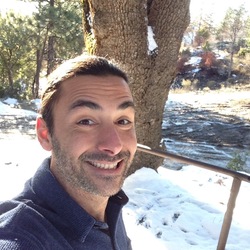
Beringer Vineyards
Private Reserve Napa Valley Chardonnay 2014
Had another ‘14 in my cellar. A Napa producer since 1876, established by Jacob Beringer & continues in its 3rd century. In a word, a “BIG” Chardonnay. Pale with stone and tropical fruit aromas and complex spice. Sitting on 80% new French oak, the palate shows ripe apple, apricot, pear & lemon flavors with sweet vanilla spice. Nice buttery mouthfeel, creamy, balanced with lively acidity and toasty oak adding an ending of minerality. Aging well! — 7 years ago
Château Pontet-Canet
Pauillac Red Bordeaux Blend 2005
Poured from a 375. This wine, even from 375, was really firing on all cylinders and maybe even a bit locked up for the first hour, just shows you that any vintage in the 21st century really should be locked up in the vault, not seeing the light of day for another 10 years from 375. This wine had a classic Pauillac nose. My initial thought was a young Pichon however even Pichon young seems to have more mushroom, more earthy loam and gravel and this one was just so damn smooth in its earthy notes. The wine was robust on the front, lots of earth, mushroom enhancing the youthful blackberry notes. Finished with some peppery notes. Great terroir notes. This wine was awesome, and I think I probably drank half of this while Walter drank the Spoto :) — 7 years ago
Château La Mission Haut-Brion
Pessac-Léognan Red Bordeaux Blend 1955
The 1955 La Mission Haut-Brion is not only one of the best vintages ever made at the estate, but also represents one of the top five Bordeaux wines of the 20th century. This was my fourth bottle and to give it a perfect score was easy. Clear in color, it sports a bouquet that is unbelievably intense and yet refined, delivering a kaleidoscope of aromas: black fruit, crushed rock, freshly rolled tobacco and shaved black truffles (but not the aniseed note I noticed in previous examples). The palate is exquisitely poised, brimming over with tension and energy undimmed by the passing years, and symmetrical on the finish. Hints of blood orange linger tantalizingly on the aftertaste. You almost laugh at the unequivocal perfection. Tasted at the La Mission Haut-Brion dinner at Amuse Bouche in Hong Kong. (Neal Martin, Vinous, September 2021)
— 4 years ago
M. Chapoutier
Monier de La Sizeranne Hermitage Syrah
History of Chapoutier family dates back to the early 19th century when current owner Michel Chapoutier’s great-, great-, great-grandfather Marius purchased estate & famous l’Hermitage vineyards. Medium Ruby with aromas of rich red/black fruits and spice. On the palate raspberry, cherry & black currant flavors with notes of oak. Firm tannins, well balanced ending with fruit, spice and cedar. Very nice! Tasting Sample. Has lots of room to bottle evolve. — 4 years ago

Château Dalem
Fronsac Merlot Cabernet Franc 2012
An 18th century chateau, overlooking the Isle valley, facing Pomerol and the Saint-Emilion limestone hillsides, belonged to the same family for three centuries took over by Michel Rullier in 1955, and his daughter Brigitte took the helm in 2002. Dark Ruby with an array of berry aromas and smoky scents. On the palate plum and cherry flavors with cacao, tobacco and smoky cedar notes with herb spice. Firm chalky tannins, long finish ending with earthy mineral notes. Still tasting ok, but drink now! — 5 years ago
Beaulieu Vineyard
Century Cellars California Merlot
Wonderful 9 year old wine. Soft and supple and dances on the tongue. Perfect by itself. Corked it and it was skunked in 24 hrs. 😣 — 6 years ago
Ledson
"Century Vine" Russian River Valley Zinfandel
Medium fruit. Some earthiness. Never their best year after year — 7 years ago
Château d`issan
Margaux Red Bordeaux Blend 2009
Beautiful wine! 2009 Margaux from Château D'Issan ...even more enjoyable knowing that we have actually visited and toured the 15th century Château....one of the few actually surrounded by a moat!
Will post tasting notes soon, but this bottle opened up beautifully. 😀🍷🇫🇷 — 7 years ago
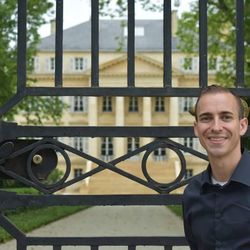
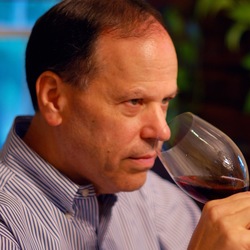



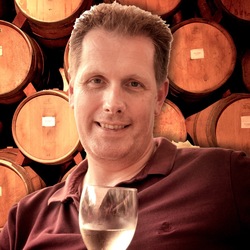
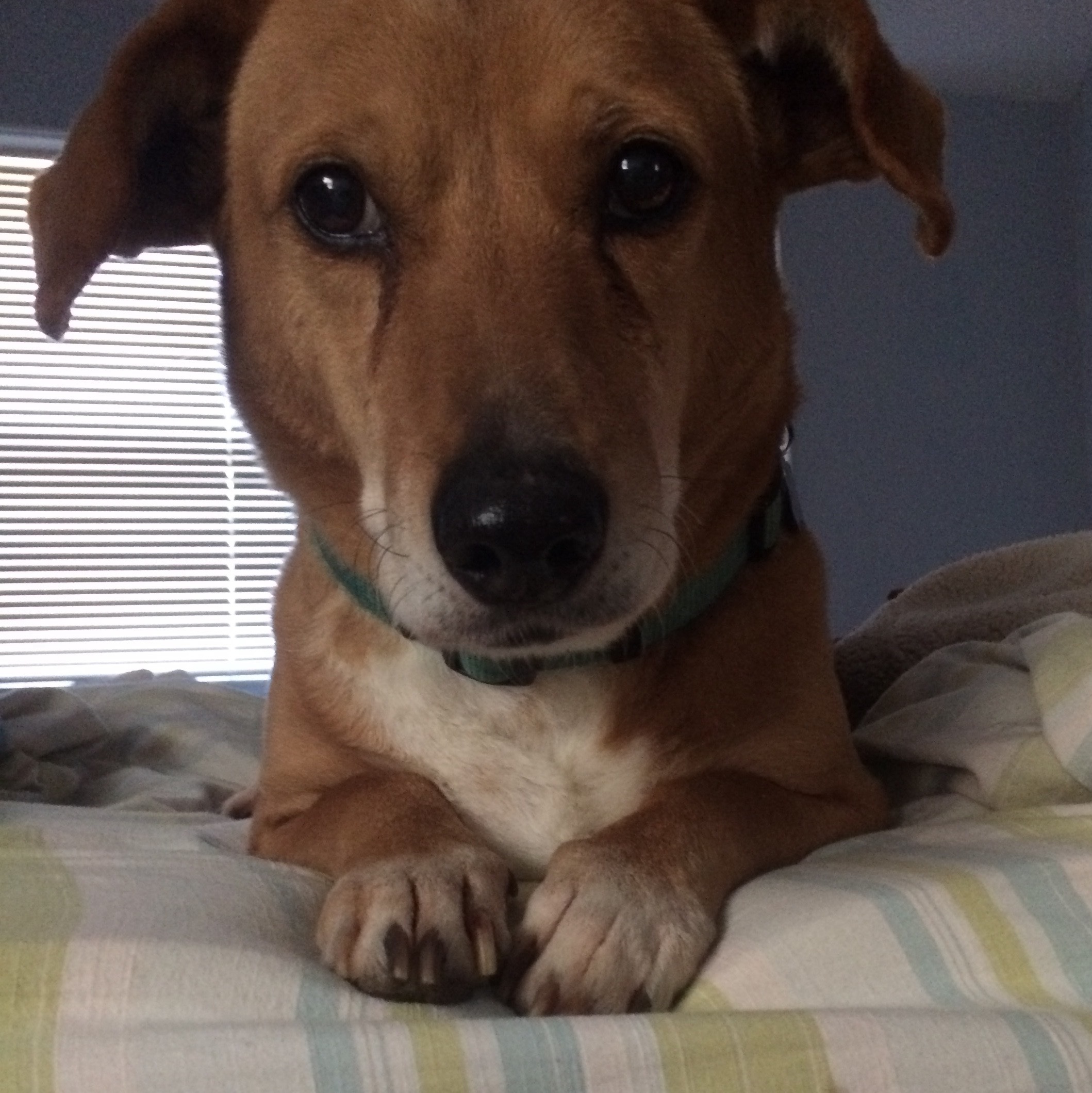

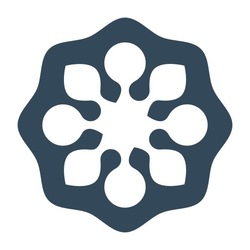


Sipping Fine Wine
Family history dates back to the 16th century. Name of Grand-Puy, mentioned in documents from Middle Ages, comes from ancient term "puy" means "hillock, small height". Since 16th century, property was passed from generation to generation, until 1920s when the Borie's bought the property. 80% Cab Sauv, 80% new oak, aromas of ripe red fruits with floral spice. Palate shows blackberry and cherry fruit, well balanced, nice oak integration, chewy tannins ending with spicy mineral tones. — 4 years ago